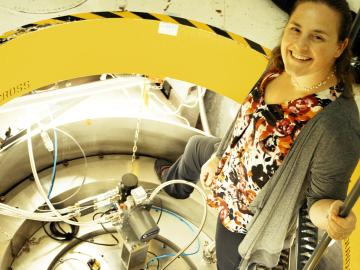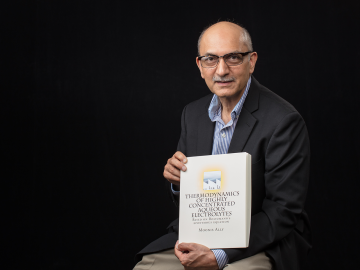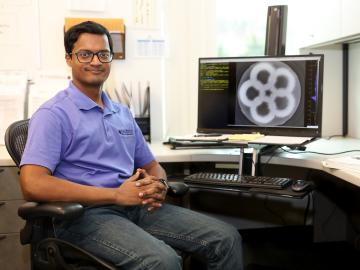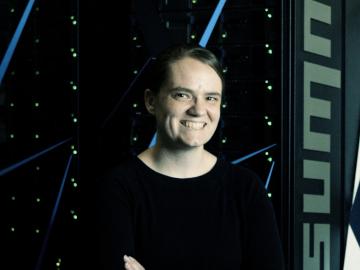Filter News
Area of Research
News Type
Media Contacts

In 1675, Isaac Newton famously wrote, “If I have seen further, it is by standing on the shoulders of giants." History records that even Newton had help climbing onto those shoulders, which shows the need for forward-thinking scientists who influence tomorrow’s researchers by doing...

If you ask the staff and researchers at the Department of Energy’s Oak Ridge National Laboratory how they were first referred to the lab, you will get an extremely varied list of responses. Some may have come here as student interns, some grew up in the area and knew the lab by ...

Mircea Podar has travelled around the world and to the bottom of the ocean in pursuit of scientific discoveries, but it is the uncharted territory he encounters when working with new microbes that inspires his research at ORNL.

Sergei Kalinin of the Department of Energy’s Oak Ridge National Laboratory knows that seeing something is not the same as understanding it. As director of ORNL’s Institute for Functional Imaging of Materials, he convenes experts in microscopy and computing to gain scientific insigh...

Of all the roles Moonis Ally has held during his life, the title of ‘problem solver’ resonates with him the most. Ally’s commitment to problem solving, and ultimately to helping others solve problems, is what led to the theory bearing his name and the book summarizing his wor...

The materials inside a fusion reactor must withstand one of the most extreme environments in science, with temperatures in the thousands of degrees Celsius and a constant bombardment of neutron radiation and deuterium and tritium, isotopes of hydrogen, from the volatile plasma at th...


As leader of the RF, Communications, and Cyber-Physical Security Group at Oak Ridge National Laboratory, Kerekes heads an accelerated lab-directed research program to build virtual models of critical infrastructure systems like the power grid that can be used to develop ways to detect and repel cyber-intrusion and to make the network resilient when disruption occurs.

Chang-Hong Yu of the Department of Energy’s Oak Ridge National Laboratory fell in love with running in 2008 and has since completed 38 marathons or longer-distance races. Her passion for long-distance races serves her well chasing neutrinos—electrically neutral subatomic particles th...

If you try to visually represent a spiking neural network, a type of machine learning model, what you often get is an inextricable three-dimensional spiderweb of flashing dots and lines. This visual complexity masks a deeper dynamism, though, as the tangled mass is actually an ever-ch...




